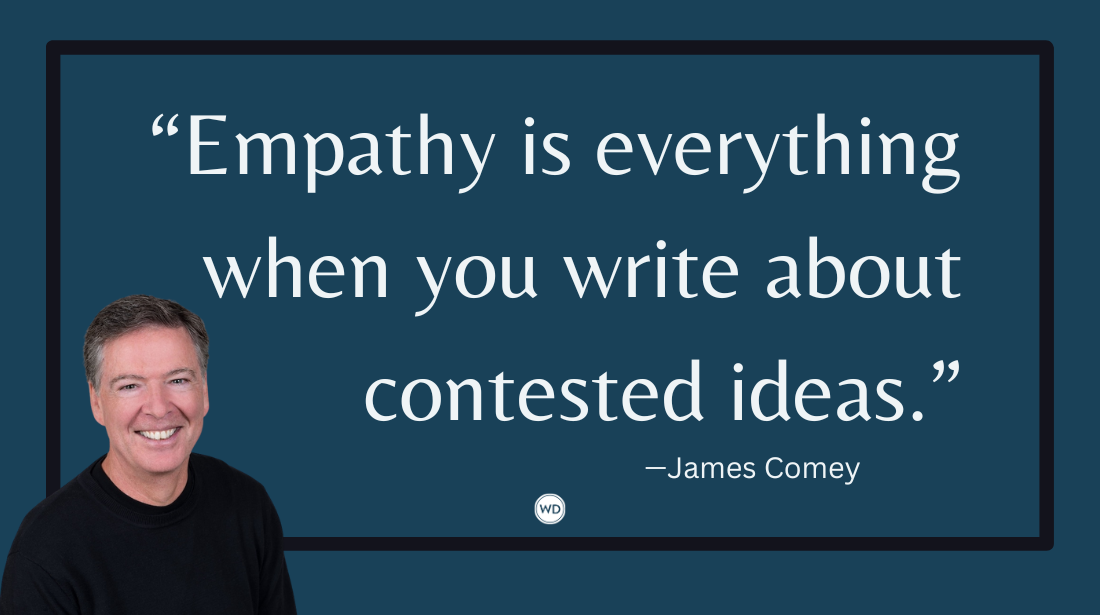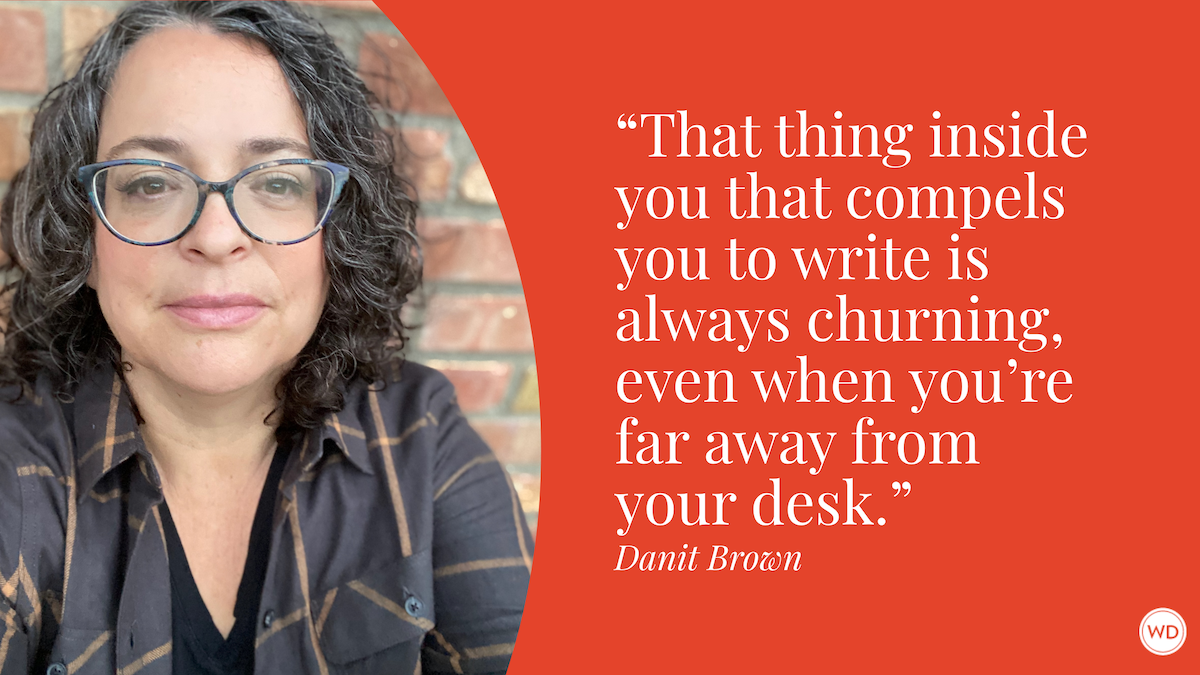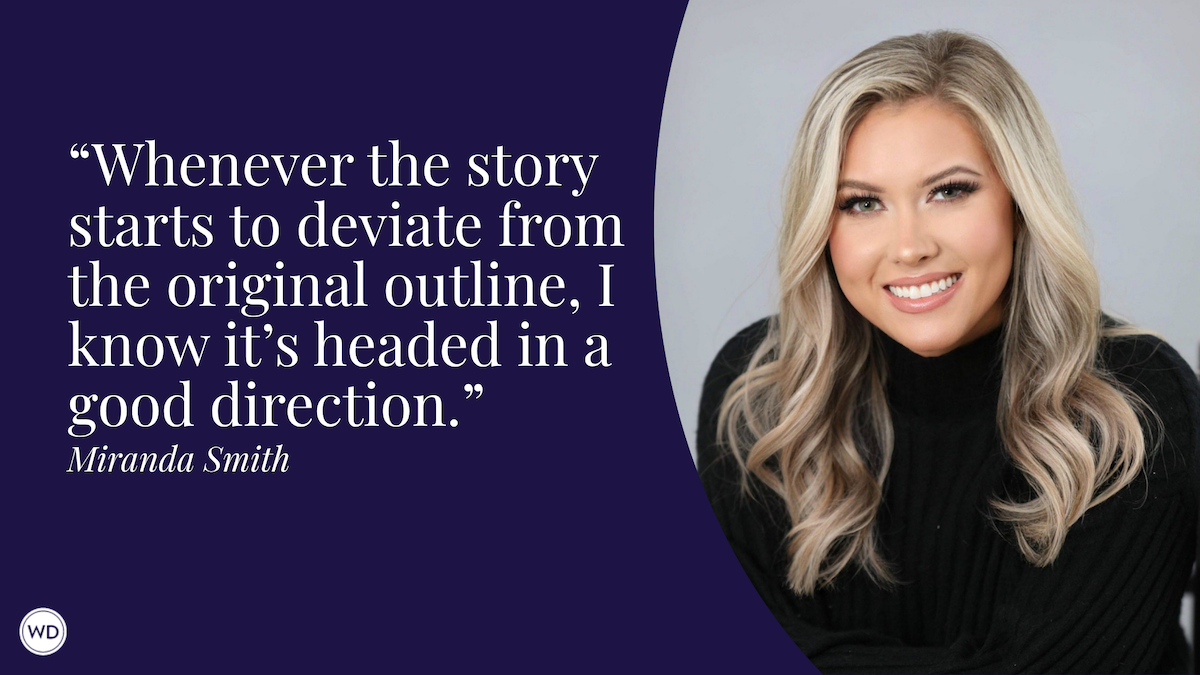Want to Write a Young Adult Graphic Novel? Here’s How!
Rey Terciero shares six rules of writing young adult graphic novels, including the difference between writing a graphic novel script and a typical prose novel.
Howdy folks! I’ve written a lot of different kinds of books. Bedtime stories for Star Wars. LEGO readers. Comics at Marvel. Middle-grade memoirs, supernatural fantasy prose, and classic retellings as graphic novels. I even wrote a book-in-verse, which is kind of like poetry, but doesn’t rhyme. But most recently, I wrote Northranger, which I guess would be classified as a young adult, contemporary, queer romance-thriller, graphic novel, as well as a reimagining of Jane Austen’s Northanger Abbey.
So what’s the difference in writing all those other genres and formats and writing something for teens that’s equal parts swoony and a little scary? I’ll tell ya.
Write What You Love
When I tried to imagine what I wanted to write, I thought of a bunch of stuff I heart. Texas (where I grew up). Cowboys (‘cause duh). Horror movies (I love being scared). And Jane Austen (but like, the book no one has read). Writing something you want to write is crucial.
Some authors write what they think will sell or turn into a commercial bestseller. And while that’s the dream, it shouldn’t be your aim. You should write something that doesn’t feel like a chore every time you return to the script. So yeah, enjoy your story. Write what you want to read. Do that, and readers will feel the love.
Write What You Know
I’d love to write a political thriller or a detective mystery one day, but let’s be honest… I’m neither a young, hungry lawyer nor a cop about to retire when he gets mixed up in trouble. What do I know about those genres? Nada.
So with Northranger, I wrote what I know. I know Texas, small town homophobia, and horror movies. So I stuck to things that filled me with nostalgia, disappointment, and of course, fear. I also know heartache and heartbreak. So there might be some of that in the book as well. (Spoilers. Sorry.)
Order Northranger by Rey Terciero today.
[WD uses affiliate links.]
Love (& Hate) Your Characters
As in real life, people in books should be complicated. You want to take your reader on a journey, and to do that, you need to buckle them up in a roller coaster. Highs and lows are necessary fun, and to accomplish that, you need to amplify the emotional stakes of your heroes and villains.
And while you’re at it, make characters that elicit the feels from your readers. Not every hero should be an angel, and not every villain should be a devil. Mix it up. Make your people three-dimensional, so that they feel fully realized. Because let’s face it, we’re all a mixture of good and bad behavior. Or, at least, I am.
Graphic Novels or Prose?
Here’s the big question for some authors. Do you want to write your great idea as a prose novel, or as a graphic novel? There’s pros and cons to both.
With prose, you’re the only driver in the car. It’s up to you to do it all—address the five senses, plot out every action, and of course write incredible dialogue. Well, with a graphic novel, some of the pressure is taken off of you. (Though you’ll have to write even more incredible dialogue to really make the pages sing.)
You handle the plotting and an artist (or artists) steps in and does the heavy lifting by illustrating your brain-pictures. Essentially when writing an OGN script, you’re writing a movie script. You’re describing what’s happening for your artist, just like a screenwriter does for a director. This is no easy task, but with prose, you’re doing the same thing. Just with more words.
With a comics script, you want to help out your artist by giving them a lot of (but not too much) notes on what you’re envisioning. And then you have to trust that they’ll take it the rest of the way. And nine times out of ten, they’re going to surprise you in the best possible way.
The only downside? It takes a while. So be patient.
What If You Want to Write Both?
Write both. A writer should never be limited to one format if they don’t want to be. But one thing you can do to differentiate between genres or formats? Take up a pen name.
I write most of my graphic novels as Rey Terciero, and all of my prose, books-in-verse, and memoirs under my real name, Rex Ogle. It’s kinda fun to put on different hats. Makes me feel like a superhero with a secret identity.
Do Your Homework
As with any book, you need to research your format and genre. If you’re going to write action-adventure, read action-adventure. If you’re going to write young adult, read young adult. And if you’re going to write a graphic novel, and you don’t read graphic novels, you better start.
I’ve read hundreds of OGN’s and thousands of comics. And I’ve studied comics scripts in order to see the best way to communicate to my artists. Lucky for you, the internet is a bountiful place, and it’s easy to find examples online.
But the most important thing is read, read, read. It’ll be the most fun you’ve ever had doing homework.
Rey Terciero, also known as Rex Ogle, has written and edited hundreds of books and comics for children and young adults. He is a queer writer who has always been drawn to strong female protagonists, including Elizabeth Bennet, Princess Leia, Jean Grey, and Hermione Granger.








